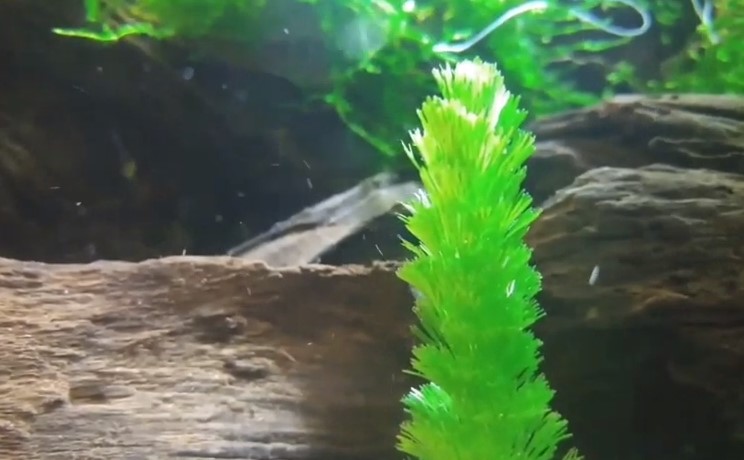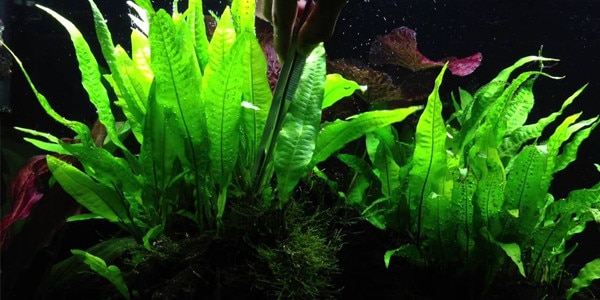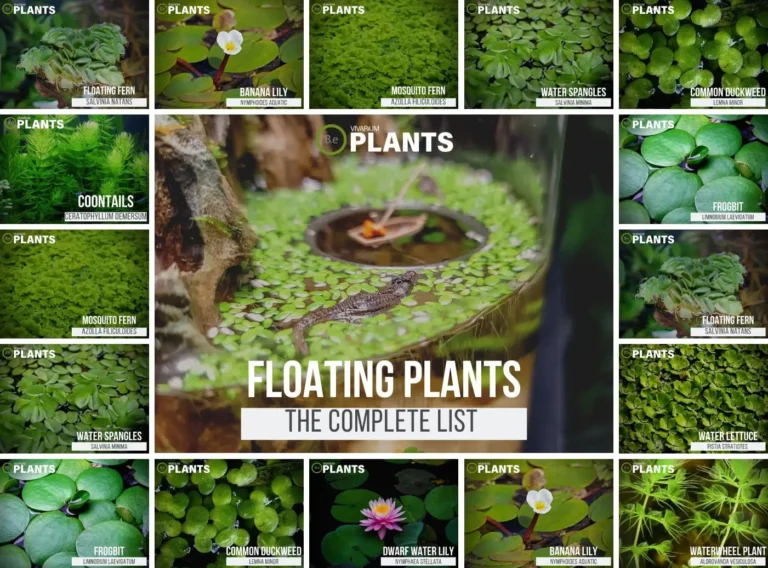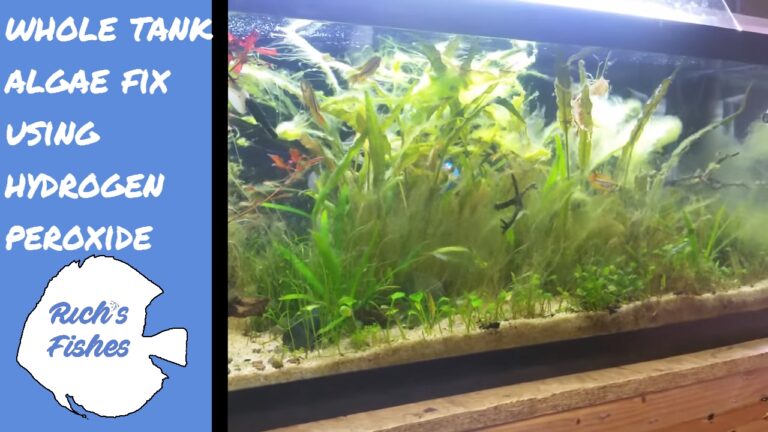Cabomba Aquarium Plant
The Cabomba Aquarium Plant: A Versatile and Vibrant Addition to Your Tank
Are you searching for the perfect aquatic plant to enhance the beauty and functionality of your aquarium? Look no further than the Cabomba aquarium plant. With its striking appearance, versatile growth patterns, and ability to create a natural habitat for your aquatic friends, the Cabomba plant is a popular choice among hobbyists and aquascapers.
But what exactly is the Cabomba aquarium plant, and why should you consider adding it to your tank? In this article, we will explore the various aspects of this plant, from its characteristics and care requirements to its benefits and potential challenges. By the end, you’ll have a comprehensive understanding of the Cabomba plant and be equipped to make an informed decision about incorporating it into your underwater oasis.
Characteristics of the Cabomba Aquarium Plant
The Cabomba aquarium plant, scientifically known as Cabomba caroliniana, is a perennial aquatic plant that belongs to the family Cabombaceae. Native to North and South America, it can be found in freshwater environments such as ponds, lakes, and slow-moving rivers. Its vibrant green foliage and delicate, feathery appearance make it a visually appealing choice for aquarium enthusiasts.

One of the distinguishing features of the Cabomba plant is its rapid growth rate. Under optimal conditions, it can grow several inches per week, quickly filling up your tank and providing a lush, green backdrop for your aquatic inhabitants. The plant has finely dissected leaves arranged in whorls, which give it a feathery appearance and add an exquisite touch to any aquarium setup.
Care Requirements for the Cabomba Plant
Like any aquatic plant, the Cabomba requires specific care to thrive in an aquarium environment. Providing the right conditions will ensure the plant’s health and longevity in your tank. Here are some important factors to consider when caring for the Cabomba plant:
1. Lighting Requirements: The Cabomba plant is considered a demanding species when it comes to lighting. It requires high-intensity lighting, preferably in the range of 2 to 3 watts per gallon, to support its photosynthetic processes. Make sure to choose a suitable lighting system for your tank, keeping in mind the specific needs of the Cabomba plant.
2. Water Parameters: The Cabomba plant prefers slightly acidic to neutral water conditions, with a pH range of 6.5 to 7.5. It also thrives in soft to moderately hard water, with a General Hardness (GH) range of 4 to 12 dGH. Temperature-wise, the plant can tolerate a wide range of temperatures, from 64 to 84 degrees Fahrenheit (18 to 29 degrees Celsius). Regular monitoring of water parameters is crucial to maintain optimal conditions for the Cabomba plant.
3. Substrate and Fertilization: The Cabomba plant benefits from a nutrient-rich substrate to promote healthy growth. You can use a combination of gravel and aquarium soil or specialized substrates designed for aquatic plants. Additionally, supplementing the tank with liquid fertilizers or root tabs will provide the necessary nutrients for the plant to thrive.
4. CO2 Injection: Although the Cabomba plant can grow without additional CO2 supplementation, providing a steady supply of carbon dioxide can significantly enhance its growth and overall appearance. Consider incorporating a CO2 injection system into your tank setup to optimize the health and vibrancy of the Cabomba plant.
Benefits of Using the Cabomba Aquarium Plant
Introducing the Cabomba plant into your aquarium offers numerous benefits, both aesthetic and functional. Here are some of the advantages of incorporating this plant into your underwater landscape:
1. Natural Habitat: The Cabomba plant recreates a natural habitat for your aquatic pets by providing shelter, hiding spots, and areas for breeding. Its dense foliage offers a sense of security for shy or skittish species, making them feel more at home in your tank.
2. Water Filtration: The dense growth of the Cabomba plant helps to purify and clarify the water in your aquarium. It absorbs nitrates and phosphates, effectively reducing these harmful substances and preventing algae outbreaks. This natural filtration process creates a healthier environment for your fish and other tank inhabitants.
3. Oxygenation: Through the process of photosynthesis, the Cabomba plant releases oxygen into the water, thereby increasing the oxygen levels in your tank. This is crucial for the well-being of your aquatic pets, as a higher oxygen content promotes better respiration and overall health.
4. Aesthetics: With its vibrant green foliage and delicate appearance, the Cabomba plant adds a touch of elegance and beauty to any aquascape. Its feathery leaves create a sense of movement and texture, enhancing the visual appeal of your aquarium.
5. Versatility: The Cabomba plant is a versatile species that can be used in various aquascape styles, from natural and jungle-themed setups to Dutch-style or iwagumi layouts. Its fast growth rate and adaptable nature make it an excellent choice for aquascapers looking to create lush and vibrant underwater landscapes.
Challenges and Considerations
While the Cabomba plant offers many advantages, it’s important to be aware of the potential challenges and considerations that come with its care. Here are a few factors to keep in mind:
1. Aggressive Growth: The rapid growth rate of the Cabomba plant can become a double-edged sword. If left unchecked, it can quickly overpower other plants in your tank, leading to competition for resources and potential overcrowding. Regular pruning and maintenance are necessary to keep the plant’s growth in check and prevent it from becoming invasive.
2. High Lighting Requirements: As mentioned earlier, the Cabomba plant requires high-intensity lighting to thrive. If your tank setup doesn’t provide adequate lighting, the plant may struggle to grow and might appear leggy or pale. Investing in a quality lighting system is essential to ensure the plant’s health and vibrant appearance.
3. Nutrient Demands: The Cabomba plant is a nutrient-hungry species that requires a consistent supply of essential nutrients. Without proper fertilization, the plant may exhibit stunted growth or develop nutrient deficiencies. Regularly monitoring nutrient levels and providing appropriate supplements will help promote healthy growth.
4. Delicate Stems: The delicate nature of the Cabomba plant’s stems makes it susceptible to damage from fish or water currents. Keep an eye out for any signs of broken or damaged stems, as they can hinder the plant’s growth and overall health. If necessary, trim the affected stems to encourage healthy regrowth.
5. Compatibility with Fish Species: While the Cabomba plant is generally compatible with most peaceful fish species, it may not fare well with herbivorous or plant-damaging species. Some fish, such as cichlids or goldfish, may nibble on the leaves or uproot the plant. It’s essential to consider the compatibility of your aquarium inhabitants before introducing the Cabomba plant.
Frequently Asked Questions
Can the Cabomba plant survive in low-light conditions?
The Cabomba plant is considered a demanding species when it comes to lighting. While it can tolerate lower light levels, it may not thrive or grow as vigorously. To ensure optimal growth, it’s recommended to provide high-intensity lighting or consider other low-light aquatic plants.
How often should I trim the Cabomba plant?
Regular pruning is necessary to maintain the Cabomba plant’s growth and prevent overcrowding in your tank. Depending on the growth rate and your desired aesthetic, you may need to trim the plant every few weeks to prevent it from overpowering other plants or obstructing the view.
Can I propagate the Cabomba plant?
Yes, the Cabomba plant is relatively easy to propagate. It can be propagated through stem cuttings, where you trim a healthy stem and replant it in the substrate. With proper care and favorable conditions, the cuttings will develop roots and grow into new plants.
Does the Cabomba plant require CO2 injection?
While the Cabomba plant can grow without additional CO2 supplementation, providing a steady supply of carbon dioxide can significantly enhance its growth and overall appearance. Consider incorporating a CO2 injection system into your tank setup for optimal results.
Final Thoughts
The Cabomba aquarium plant is a versatile and vibrant addition to any freshwater tank. With its striking appearance, rapid growth rate, and various benefits, it can transform your aquarium into a lush and dynamic underwater landscape. By understanding and meeting its specific care requirements, you can enjoy the beauty and functionality that the Cabomba plant brings to your aquatic haven. So why wait? Dive into the world of aquatic gardening and embrace the wonders of the Cabomba aquarium plant today!




